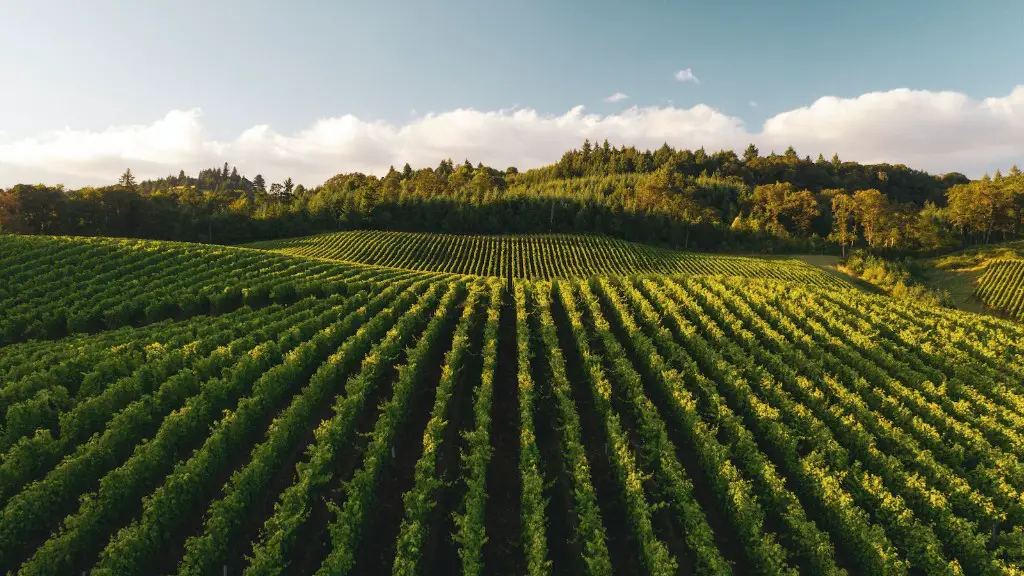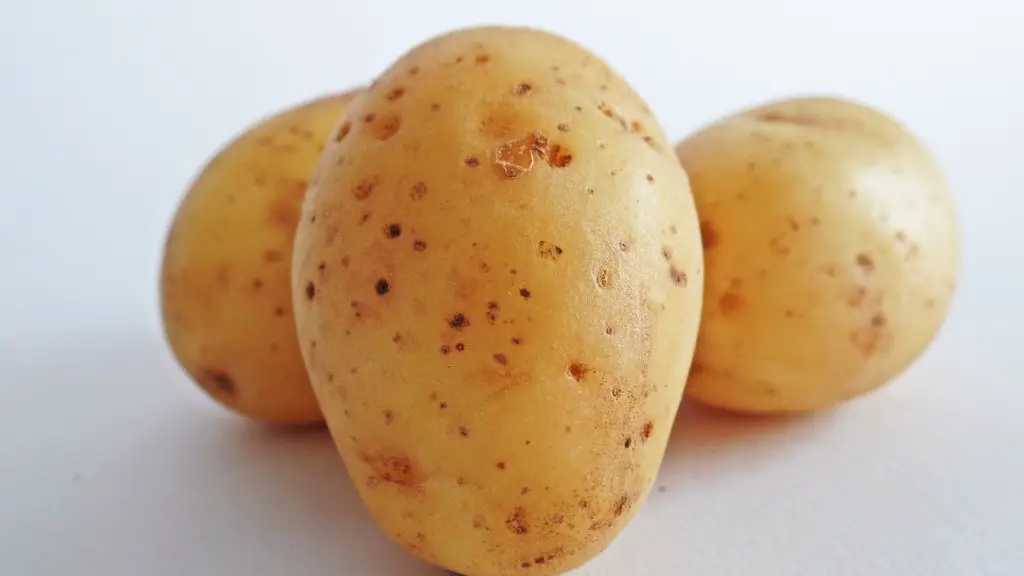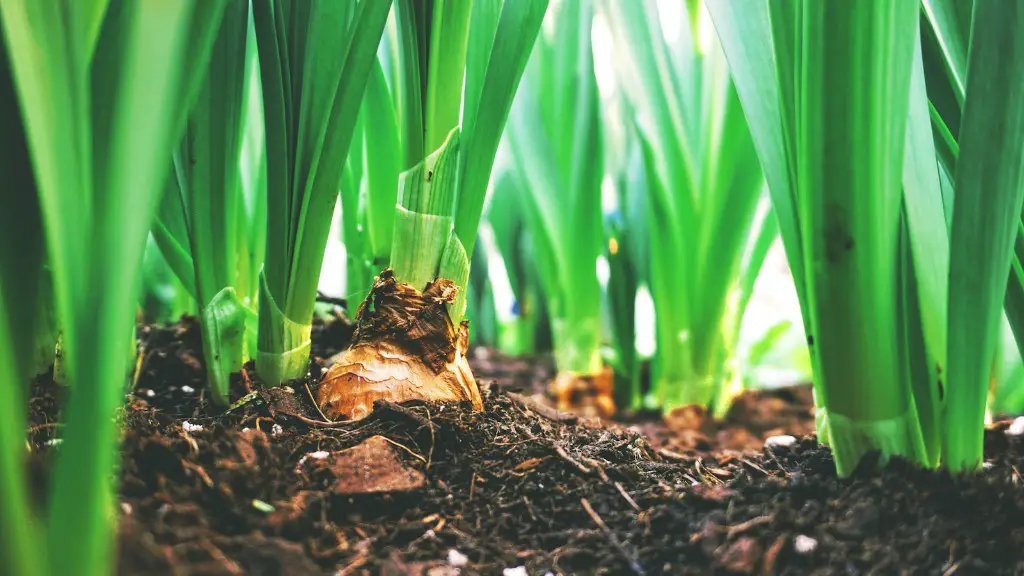There is a strong relationship between agriculture and climate change. Agriculture is a major contributor to greenhouse gas emissions, accounting for about 10% of global emissions. It is also one of the most vulnerable sectors to the impacts of climate change, such as changes in temperature and precipitation patterns. In order to mitigate the effects of climate change, it is important to reduce emissions from agriculture. This can be done through a variety of methods, such as increasing agricultural productivity, improving grazing land management, and promoting the use of renewable energy.
Climate change and agriculture are related because climate change can cause problems for crops, which in turn can lead to agricultural issues. For example, rising temperatures and changes in precipitation patterns can lead to drought, which can damage or destroy crops. Extreme weather events, such as hurricanes and floods, can also damage crops and lead to agricultural problems.
The English Agricultural Revolution began during a period of climate change in which temperatures decreased significantly. Lower temperatures meant less bacterial activity, a slower release of mineral nitrogen into cultivated soils, and a shorter growing season for crops—a combination that tended to diminish yields. Despite these challenges, English farmers were able to adapt and eventually thrive thanks to a series of innovations, including the development of new crop varieties, the use of fertilizers and crop rotation, and the enclosure of farmland. These innovations allowed England to become a leading agricultural nation and laid the foundation for the Industrial Revolution.
The way we produce and consume food has a major impact on the environment. Food needs to be grown and processed, transported, distributed, prepared, consumed, and sometimes disposed of. Each of these steps creates greenhouse gases that trap the sun’s heat and contribute to climate change.
About a third of all human-caused greenhouse gas emissions is linked to food. The good news is that there are many things we can do to reduce our food-related emissions. For example, we can choose to eat more plant-based foods, waste less food, and eat more locally produced food.
What are the negative effects of agriculture on the environment
As the global population continues to grow, the demand for food will increase. To meet this demand, farmers will need to produce more food using fewer resources. Large-scale, conventional farming is not sustainable and will not be able to meet the future demand for food.
Carbon is an important element in the agricultural system as it is cycled through the atmosphere, through plants and animals, and through the soil. The production of food affects the amount of carbon in the soil as harvesting plant and animal products removes carbon from the agricultural system. Carbon is important for the growth of plants and animals and for the fertility of the soil. Too much or too little carbon in the soil can impact the productivity of the agricultural system.
Why is agriculture a contributor to climate change?
Agriculture emits all three greenhouse gases: carbon dioxide (CO2), methane (CH4), and nitrous oxide (N20). These gases differ, though, in their ability to trap heat; tonne for tonne, CH4 is more than 20 times as effective at trapping heat as CO2, and N20 is about 300 times as effective as CO2.
Climate change will affect agricultural production in NSW, with changing conditions potentially attracting new pests and diseases, and changing the areas that are suitable for farming. This will have a major impact on farmers in the state, who will need to adapt their methods and management strategies to deal with the new conditions.
How does climate change affect agriculture and water?
Climate change can have a significant impact on water resources. As precipitation patterns change and there is an increased risk of extreme weather events, the availability of water can be affected. This can impact both the quantity and quality of water, as well as the potential for flooding or drought.
Soil fertility loss, eutrophication of water bodies, deforestation, climate change and pesticide pollution are all five environmental effects of agriculture. Each one of these effects has a negative impact on the environment, and they all need to be addressed in order to make agriculture more sustainable.
What is the biggest problem in agriculture
There are two large problems facing agriculture in the modern world. The loss of agricultural land through erosion and manmade factors is one of them. The other is the increasing lack of diversity in crops. Both of these problems are serious and need to be addressed.
Agricultural land is being lost at an alarming rate. According to the UN, the world is losing 24 million acres of agricultural land each year. This is largely due to urbanization and the conversion of agricultural land to other uses. The loss of agricultural land results in a decrease in the amount of food that can be produced.
The loss of agricultural land also results in a decrease in the variety of crops and livestock that can be produced. This is because each type of crop or livestock requires a specific type of environment and soil in order to thrive. When agricultural land is lost, the variety of crops and livestock that can be produced on that land is also lost.
How does global warming affect agriculture?
Agriculture is extremely vulnerable to climate change. Higher temperatures eventually reduce yields of desirable crops while encouraging weed and pest proliferation. Changes in precipitation patterns increase the likelihood of short-run crop failures and long-run production declines. All of these effects will have profound implications for food security, economic development, and social stability. Given the magnitude of the problem, it is imperative that we take steps to mitigate and adapt to climate change.
Fossil fuels – coal, oil and gas – are by far the largest contributor to global climate change, accounting for over 75 per cent of global greenhouse gas emissions and nearly 90 per cent of all carbon dioxide emissions. As greenhouse gas emissions blanket the Earth, they trap the sun’s heat, resulting in climate change. The effects of climate change are already being felt by humans and the natural world, and are expected to worsen in the future. The good news is that there are feasible solutions to address this problem. Reducing our reliance on fossil fuels and transitioning to cleaner energy sources is essential to mitigating climate change.
How much does agriculture contribute to carbon emissions
As the world’s population continues to grow, so does the demand for food. Agricultural production is a major source of greenhouse gas emissions, contributing to climate change. Direct emissions from agricultural production includes the release of nitrous oxide from the use of fertilizers and manure, methane emissions from rice production, and carbon dioxide from agricultural machinery. Land use accounts for 24% of food emissions. Reducing emissions from agriculture is essential to mitigating climate change and ensuring food security for future generations.
Farming is a significant contributor to climate change, accounting for 10% of emissions from the United States each year. Land conversion, synthetic fertilizer use, diesel-powered farm machinery, and methane-emitting livestock all contribute to these emissions. These activities are likely to continue in the future, so it is important to find ways to reduce their impact on the climate.
Is farming to blame for climate change?
Agriculture contributes to climate change in a number of ways. Methane is produced by livestock during digestion due to enteric fermentation and is released via belches. It can also escape from stored manure and organic waste in landfills. In addition, agricultural activity results in deforestation, which can lead to emissions of carbon dioxide and other greenhouse gases.
The environment matters to agriculture because it provides the basis for food and agricultural systems. Agriculture can have positive (eg conserving habitat for wild species) or negative (pollution, soil degradation) impacts on the environment.
Final Words
Climate change and agriculture are related in a few ways. One way is that agriculture can contribute to climate change. Agriculture accounts for about 24% of global greenhouse gas emissions. Another way climate change and agriculture are related is that climate change can impact agriculture. Climate change can cause extreme weather events that damage crops, deplete soil nutrients, and increase pests and diseases. Climate change can also lead to droughts and water shortages, which impact farmers’ ability to grow crops and raise livestock.
Agriculture and climate change are inextricably linked. As the world’s population continues to grow, the demand for food will only increase. Farmers will need to adapt their practices to account for changes in rainfall and temperature, as well as the increased frequency of extreme weather events. At the same time, agriculture itself is a major contributor to greenhouse gas emissions. Reducing these emissions will be essential to mitigating the impacts of climate change.





